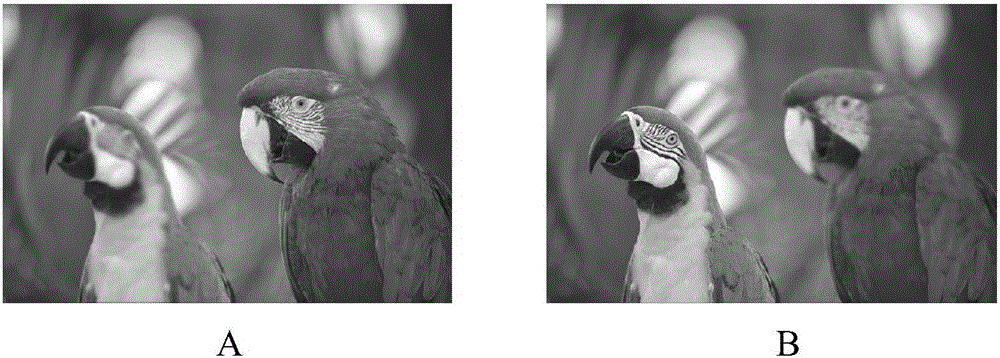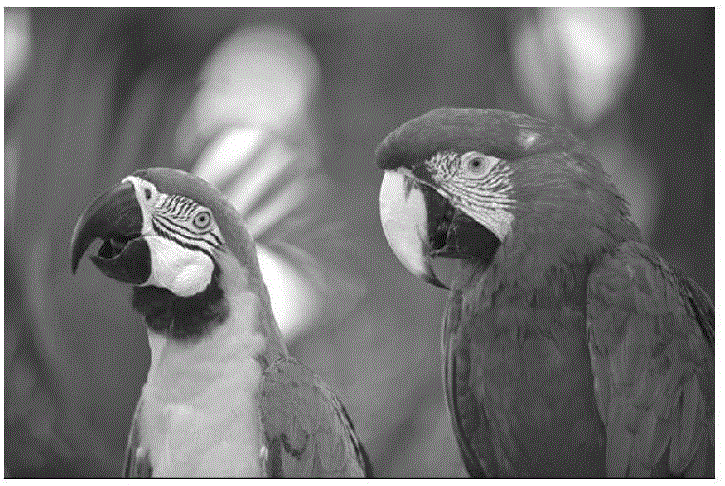Discrete orthogonal polynomial transformation-based multi-focus image fusion method
A multi-focus image, orthogonal polynomial technology, applied in image enhancement, image analysis, image data processing and other directions, can solve the problem of unable to image the target at the same time clearly, limited focus range of optical lens, time-consuming and energy-consuming and other problems
- Summary
- Abstract
- Description
- Claims
- Application Information
AI Technical Summary
Problems solved by technology
Method used
Image
Examples
Embodiment Construction
[0036] Below in conjunction with accompanying drawing, the present invention will be further described:
[0037] Such as figure 1 As shown, a multi-focus image fusion method based on discrete orthogonal polynomial transformation includes the following steps:
[0038] The first step: firstly perform block processing on multiple images to be fused to obtain m n×n image blocks;
[0039] The second step: performing discrete orthogonal polynomial transformation on each image block respectively to obtain corresponding discrete orthogonal polynomial transformation coefficients;
[0040] The third step: use the derivation relationship formula between the spatial frequency (SF) and the discrete orthogonal polynomial transformation coefficient Obtain the spatial frequency of each block, then compare the spatial frequency of each block corresponding to multiple images to be fused, and fuse the multiple images according to the fusion rule with the largest spatial frequency;
[0041] S...
PUM
 Login to View More
Login to View More Abstract
Description
Claims
Application Information
 Login to View More
Login to View More - R&D
- Intellectual Property
- Life Sciences
- Materials
- Tech Scout
- Unparalleled Data Quality
- Higher Quality Content
- 60% Fewer Hallucinations
Browse by: Latest US Patents, China's latest patents, Technical Efficacy Thesaurus, Application Domain, Technology Topic, Popular Technical Reports.
© 2025 PatSnap. All rights reserved.Legal|Privacy policy|Modern Slavery Act Transparency Statement|Sitemap|About US| Contact US: help@patsnap.com



